
 |
|
|
Looking Ahead
Volume 64 Number 11 Date 07/11/2019 WESTERN BEAN CUTWORM - The annual flight began last week, though only four moths have been collected in four of DATCP's 54 survey traps as of July 10. The moths were reported from Dodge, La Crosse, Monroe and Sauk counties. Scouting corn plants for egg masses and small larvae should begin at 25% moth emergence, which is predicted for the week of July 15-21 in southern Wisconsin. LATE BLIGHT - Disease severity value (DSV) accumulations near Grand Marsh, Hancock, Plover and Antigo (except for the latest plantings in Antigo) have exceeded the late blight risk threshold triggering preventative fungicide application. UW-Extension Vegetable Plant Pathologist Dr. Amanda Gevens recommends that treatments to limit initial late blight infection begin at this time. As of July 10, no cases of late blight have been detected in the state. EUROPEAN CORN BORER - Pupation of first generation corn borers is expected to start in advanced southern locations next week. Surveys indicate that larvae from the spring flight are presently in the second to fifth instars. The treatment window for first-generation larvae has closed in the southwest quarter of the state, from Sullivan northwest to La Crosse. Chemical control remains an option for a few more days in the eastern and northern counties. APPLE MAGGOT - Adult flies were captured on orchard traps this week, signaling the start of the adult emergence period. Close monitoring of red sphere and yellow sticky traps is recommended, particularly for orchards impacted by recent heavy rain. Maintenance of traps will be important as oviposition on apples increases in late July and early August. JAPANESE BEETLE - Numbers are increasing in fruit and field crops over much of the state. This beetle could become a serious problem this season since soil moisture levels have been very favorable for the larval stages. Damage to fruit trees, ornamentals and field crops will intensify this month and control may be necessary. Spot treatment of individual trees or problem areas is usually an effective approach. SPOTTED WING DROSOPHILA - Fly emergence has escalated in the last two weeks and eggs are being laid on fruits. The small white SWD maggots should be noticeable in berries. The UW-Extension recommends the saltwater floatation method (4 cups water and ¼ cup salt added to sealable bag with slightly crushed berries) to check for larvae in fruits. Allow 10-15 minutes for the larvae to emerge and float to the surface. BROWN MARMORATED STINK BUG - Newly hatched brown marmorated stink bug (BMSB) nymphs were observed in Madison on June 29, confirming the start of the first-generation of stink bugs in Dane County. BMSB is thought to have a single generation per year in Wisconsin depending on temperatures, although an early spring and summer heat could permit the development of two generations in warmer years. -- Krista Hamilton, DATCP Entomologist 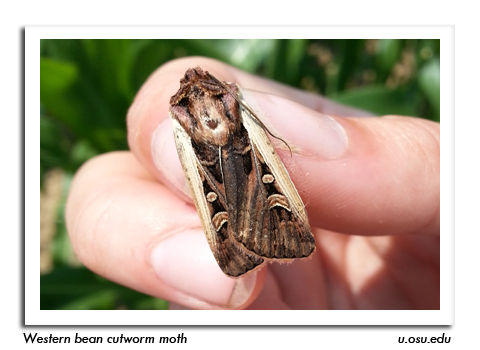
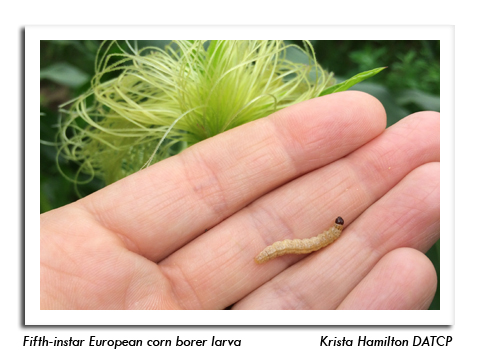
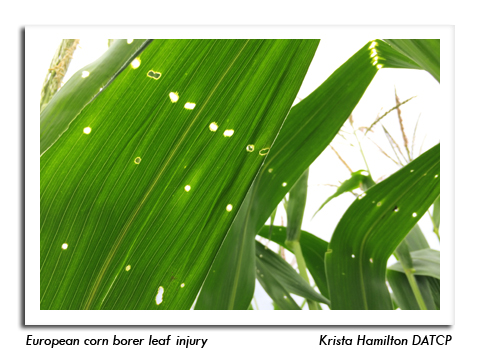

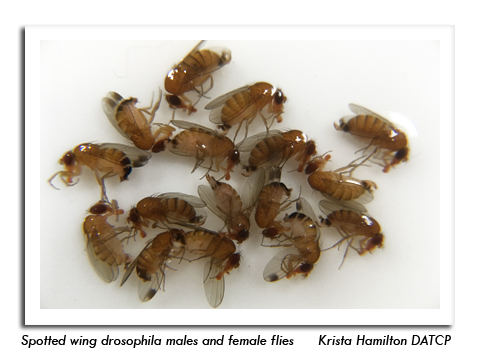
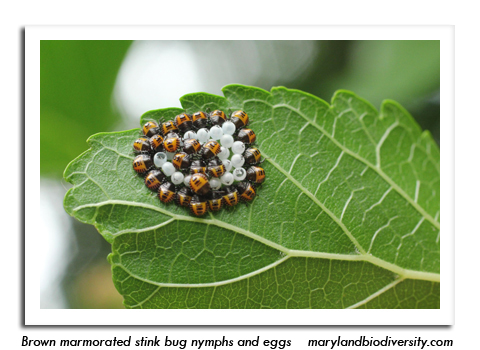
|
|
|